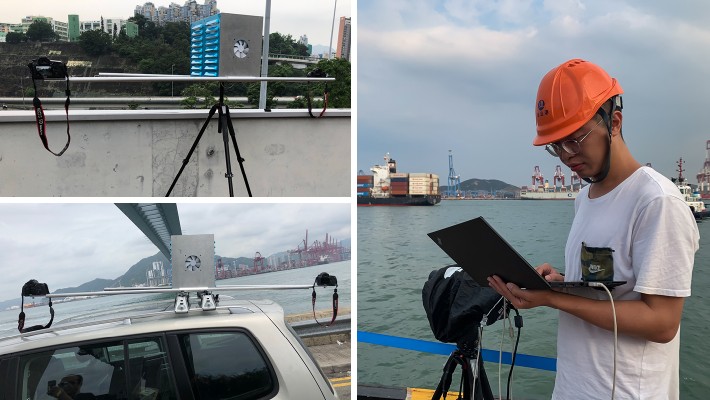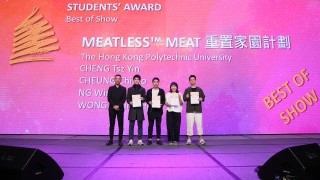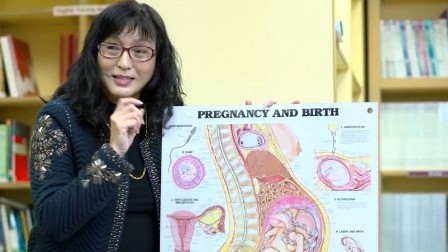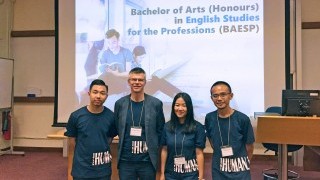PolyU technologies effectively monitor sulphur dioxide emission from vessels
Without our knowing, we may be taking in a certain level of sulphur dioxide (SO2) in food preservatives every day. But when exposed to excessive sulphur dioxide, one may experience burning of the nose and throat, breathing difficulty, and even severe airway obstruction.
In Hong Kong, one of the busiest container ports in the world, lots of cargo vessels come in and out of the terminals every day, emitting the air polluting sulphur dioxide and posing a threat to human health. In view of this, two academics from PolyU’s Department of Land Surveying and Geo-Informatics have been using their expertise to watch over the city’s port to help improve its air quality.
Associate Head (Research) and Chair Professor of Geo-Informatics Prof. Li Zhi-lin and Associate Professor Sr Dr Charles Wong Man-sing are leading a research project which uses a UV-based system to monitor SO2 concentration from ship emission. With the support from the Environment and Conservation Fund of the HKSAR Government, the researchers have developed a remote sensing-based technology for efficient and reliable monitoring and analysing.
Integrating one UV (ultraviolet) camera and two RGB (red, green, blue) cameras, the system can capture the images of a sailing or stationary ship with running engines from a long distance. It can also differentiate between particulates and SO2 pollutants. Portable and highly sensitive, the system can be deployed on a car ashore and function remotely and effectively without the need to stop or board the ship for monitoring. It can also send alert when a vessel with SO2 emission over threshold is identified.
After the images are collected, the researchers will analyse them to estimate SO2 concentration. The team conducted systematic experiments indoors and outdoors to study the impact of different environmental conditions, such as temperature, air pressure and distance, to eventually form a comprehensive estimation.
At the invitation of the Transport Planning and Research Institute, Ministry of Transport of China, the system underwent a field test last September which was organised by the Shandong Maritime Safety Administration and the Qingdao Port Group Co., Ltd. Among the participating organisations for the field test, PolyU’s system obtained the most accurate results in SO2 concentration.
Currently, the research team is working on further enhancement of the system’s accuracy and monitoring distance. Plans are in the pipeline to seek further collaboration with the Environmental Protection Department of the HKSAR Government to deploy the system at Hong Kong’s port terminal.








